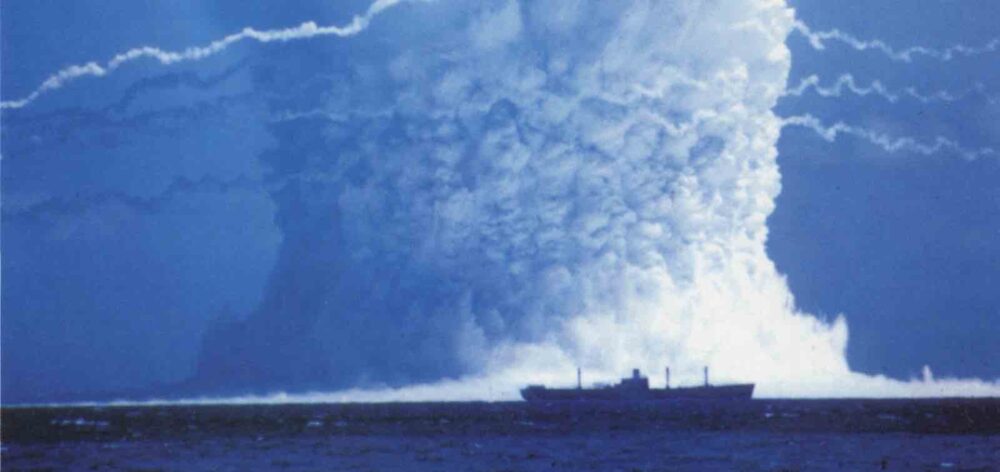Asia urgently needs new diplomatic initiatives aimed at reducing nuclear dangers and preventing arms racing in the region. There’s a glaring gap between the ambitious disarmament goals set out in the relevant global treaties – the Treaty on the Non-Proliferation of Nuclear Weapons (NPT), and the new Treaty on the Prohibition of Nuclear Weapons (TPNW) – and the immediate need to constrain regional arms racing pressures, which are undeniably growing.
The pending abrogation of the INF Treaty for nuclear and conventional ground-launched intermediate-range missiles, which is a symptom of major strategic change, including developments in and proliferation of military technologies, should be a wake-up call for us all: the post-Cold War arms control architecture is crumbling, and if it can’t be salvaged and adapted, something new needs to take its place.
If we don’t heed this call, we’re likely to see a major arms race in Asia, with all the negative consequences that that entails, including setting non-proliferation and disarmament projects back indefinitely.
Despite these dangers, arms control leadership has been distinctly lacking in Asia, as demonstrated by the noticeably quiet response to the INF treaty’s demise (in stark contrast to loud European reactions). This is partly explained by the fact that strategic communities in Asia have been preoccupied with nuclear and missile developments in states that haven’t been constrained by the INF treaty: China, India, Iran, North Korea, Pakistan, and Saudi Arabia – all of which have been free to test and deploy dual-capable missiles that are banned under the Treaty.
Please click here to read the full “It’s time to fill Asia’s arms control void” article published at The Interpreter, written by Griffith Asia Institute Senior Fellow, Dr Tanya Ogilvie-White.








